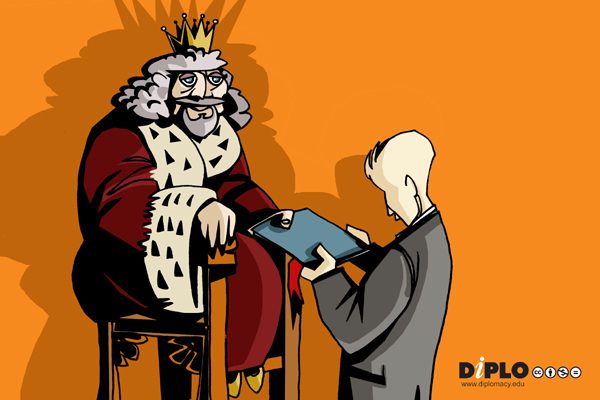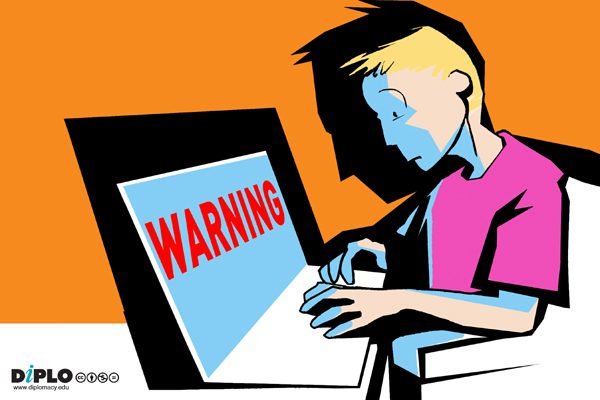Conflict resolution & Mediation
Conflict resolution & mediation is a vital and dynamic process in diplomacy, where a neutral third party intervenes to help resolve conflicts between two or more parties. This approach is commonly used in international relations to facilitate negotiations, ease tensions, and promote peaceful resolutions. By providing a platform for dialogue, mediation enables conflicting parties to express their concerns and interests openly.
The mediator, who remains impartial, guides the discussion, helping to identify common ground and potential solutions. The goal of this process is not only to resolve the immediate conflict but also to build trust and understanding between the parties, which can help prevent future disputes. Mediation can be applied in various contexts, from political disagreements to trade disputes. Its success often depends on the willingness of the parties to cooperate and the mediator’s skill in managing the process.
The Role of a Mediator
Imagine a mediator as a skilled conductor leading an orchestra, blending conflicting parties’ diverse interests and concerns into a harmonious symphony. Just as a conductor ensures each instrument contributes to a cohesive and captivating performance, a mediator facilitates a dynamic dialogue where every party’s voice is heard and valued. Instead of imposing a solution, the mediator guides the parties in exploring options and identifying common ground. This requires creating a safe and neutral environment where open communication can flourish, allowing parties to express their needs and concerns without fear of judgment or retaliation.
The success of mediation often depends on the mediator’s abilities in negotiation, communication, and conflict resolution. A mediator must adeptly identify underlying issues, manage emotions, and foster mutual understanding. The mediator helps parties move beyond entrenched positions to discover innovative and mutually beneficial solutions by employing active listening and empathy.
Key Characteristics of Mediation
Voluntary Process: Mediation relies on the enthusiasm and willingness of the parties involved. This voluntary nature encourages open and constructive dialogue, fostering genuine understanding and collaboration. The process begins and continues only if all parties are committed, ensuring everyone is genuinely invested in finding a resolution.
Confidentiality: Mediation takes place privately, providing a safe space where parties can express their views candidly without the fear of public scrutiny or backlash. This confidentiality is essential, as it creates an environment where sensitive issues can be discussed openly without concern that the statements will be used against them outside the mediation process.
Non-Binding: Unlike arbitration, mediation results are non-binding, allowing parties to retain control over the outcome. They can accept or reject proposed solutions, ensuring that any agreement reached is based on mutual consent. This means parties are not obligated to accept unsatisfactory terms, allowing for a more flexible and personalized resolution.
Focus on Interests: Mediation shifts the focus from rigid positions to the parties’ underlying interests. This interest-based approach often leads to innovative and mutually beneficial solutions. By understanding each other’s needs and concerns, parties can explore creative options that may not be possible in a more adversarial setting, leading to new possibilities and breakthroughs.
Types of Mediation in Diplomacy
Track I Mediation: This mediation involves official government representatives and is often used in high-stakes conflicts, such as peace negotiations between nations. Track I mediation is characterized by formal processes and structured negotiations, where diplomats and political leaders engage directly to address issues of national and international importance. The outcomes of Track I mediation can result in binding agreements and treaties, as the parties involved have the authority to make decisions on behalf of their governments.
Track II Mediation: In this approach, non-official actors—such as scholars, NGOs, or former diplomats—engage in dialogue to help build trust and understanding between conflicting parties. Track II mediation is more informal and flexible, allowing for creative problem-solving and exploring innovative solutions. It often serves as a complementary process to Track I mediation, providing open communication and an environment for relationship-building without the pressure of immediate political consequences. This type of mediation can lay the groundwork for official negotiations by fostering mutual respect and empathy among the parties involved.
Multi-Track Mediation: This approach combines both Track I and Track II methods, recognizing that various levels of engagement can significantly contribute to conflict resolution. Multi-track mediation acknowledges the complexity of conflicts and the need for a holistic approach that incorporates diverse perspectives and strategies. By integrating the strengths of both formal and informal mediation, Multi-Track mediation can address the root causes of conflict and promote sustainable peace. This approach often involves various stakeholders, including civil society, business leaders, and community groups, working together to create a comprehensive and inclusive peace process.
Examples of Mediation in Action
Camp David Accords (1978): U.S. President Jimmy Carter played a significant role in mediating negotiations between Egypt and Israel, culminating in a historic peace agreement. The accords resulted from 12 days of secret negotiations at Camp David, the country retreat of the President of the United States. The agreement led to the signing of the Egypt-Israel Peace Treaty in 1979, which marked the first time an Arab country officially recognized Israel.
Dayton Accords (1995): The U.S. facilitated crucial discussions among the leaders of Bosnia, Croatia, and Serbia, effectively ending the Bosnian War. The negotiations took place at the Wright-Patterson Air Force Base near Dayton, Ohio, and lasted three weeks. The resulting peace agreement established a framework for peace in Bosnia and Herzegovina, dividing the country into two autonomous entities and laying the groundwork for future governance and cooperation.
Challenges in Mediation
While mediation is a powerful tool, it comes with its challenges. Factors such as power imbalances, lack of trust, and external influences can complicate the process, making it more challenging to resolve. Additionally, the success of mediation often hinges on the mediator’s credibility and the parties’ willingness to compromise. These elements are necessary for the process to stall, leaving conflicts unresolved. Understanding and addressing these challenges is crucial for effective mediation.
Mediation is a fundamental aspect of diplomacy, serving as a platform for dialogue and understanding. It is crucial in resolving disputes and promoting communication between conflicting parties. As global conflicts arise, the need for skilled mediators and effective mediation processes remains vital for fostering peace and stability in international relations. Through mediation, conflicting parties can begin a journey toward a resolution that respects their interests and encourages harmonious coexistence. Mediation helps bridge differences and build lasting relationships by facilitating negotiations and promoting compromise, ultimately contributing to a more peaceful and cooperative global community.
Click to show page navigation!







